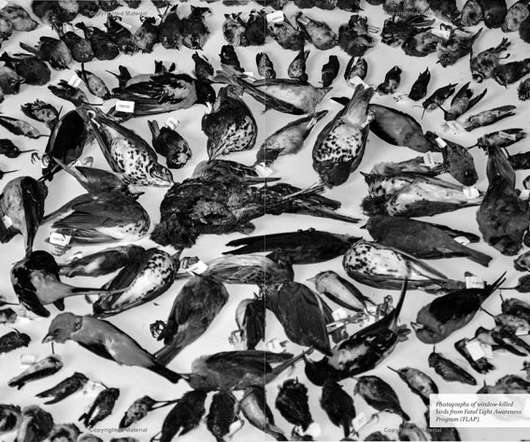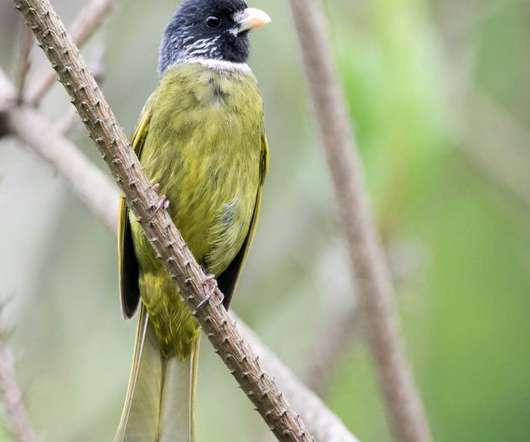Solid Air: Invisible Killer Saving Billions of Birds From Windows–A Book Review
10,000 Birds
JULY 5, 2022
In 2007 I was working in a university building that was just begging for bird feeders. This was where I set up my bird feeders, just one at first, then expanding as everyone expressed delight in seeing the Carolina Chickadees, Dark-eyed Juncos, and Downy Woodpeckers. There were no dead birds for weeks. ©2012 Donna L.












Let's personalize your content